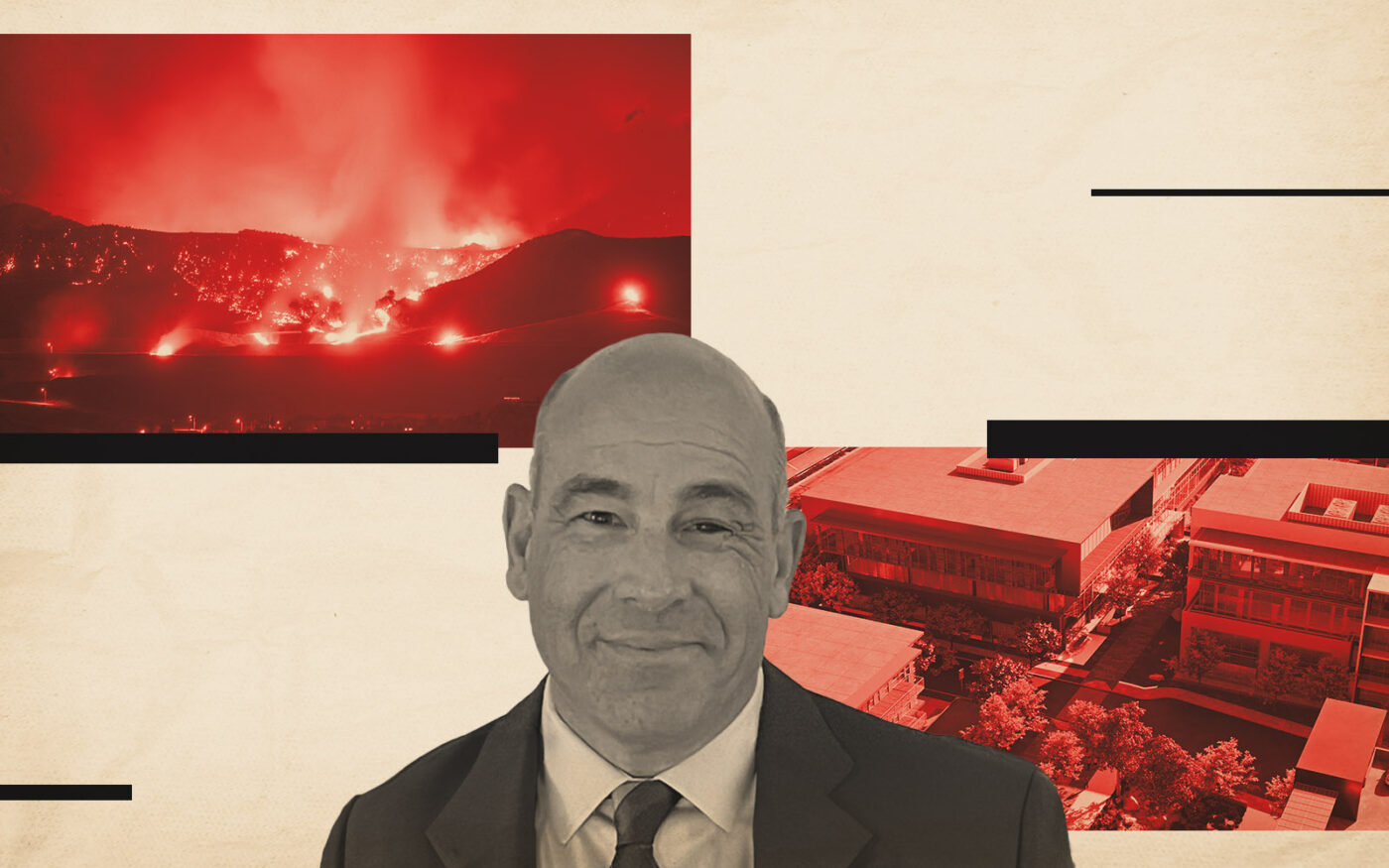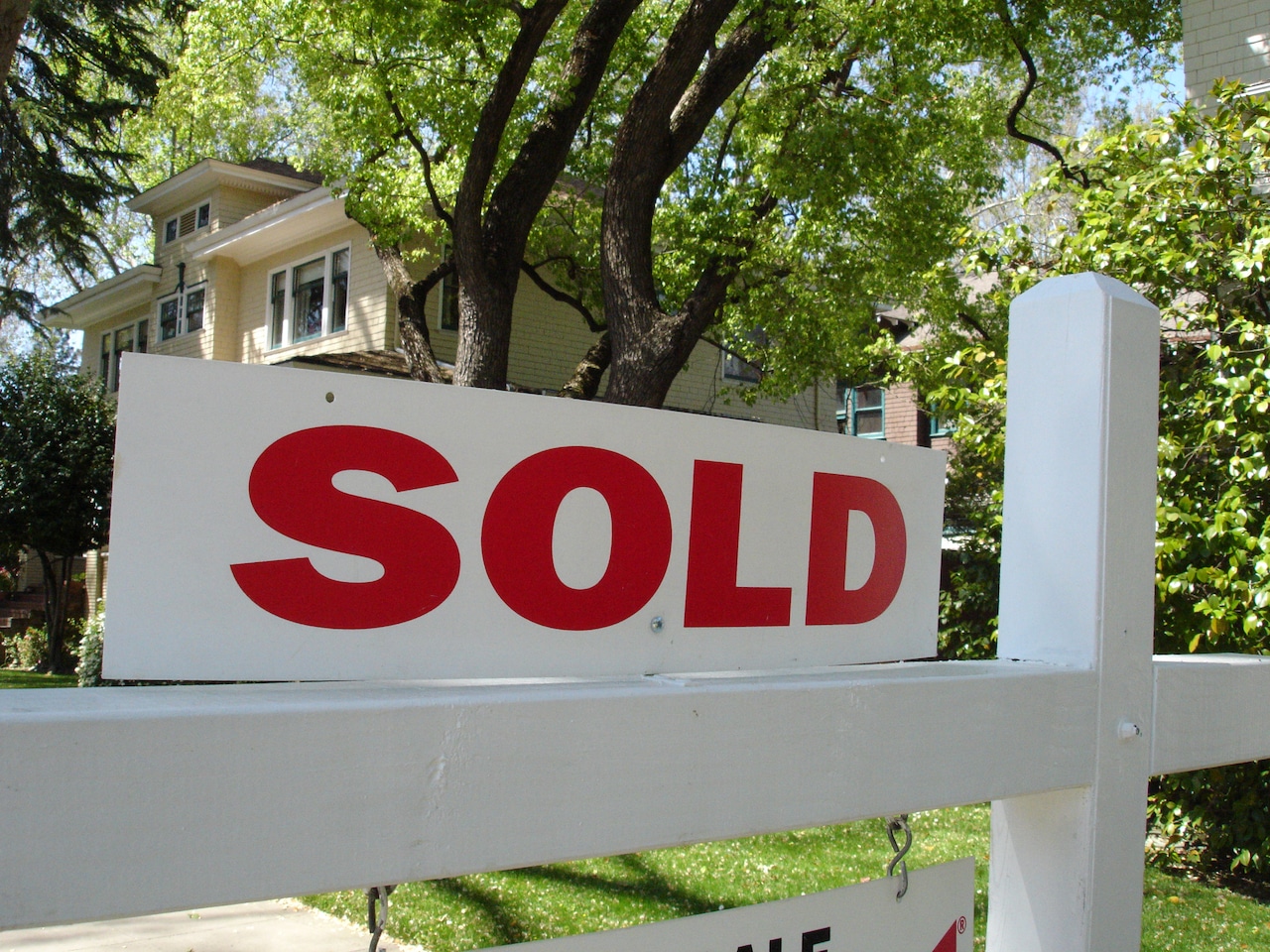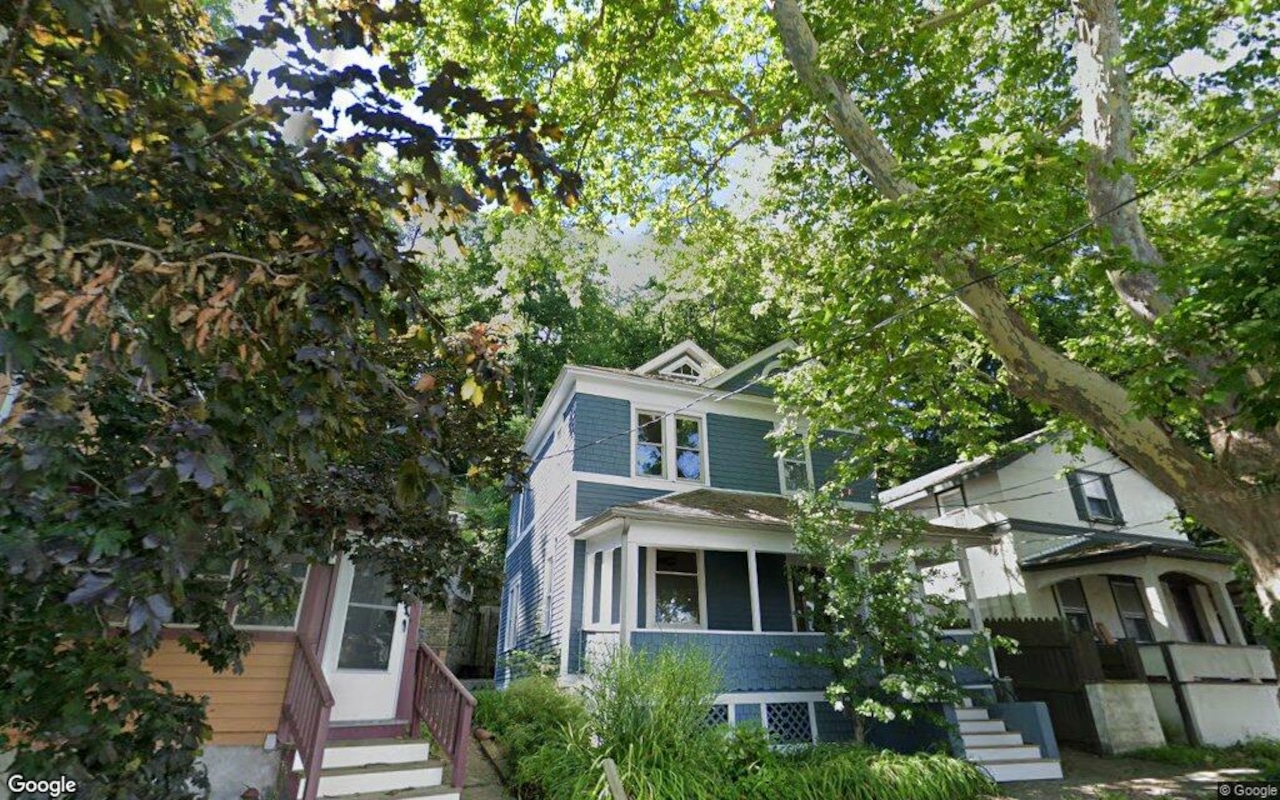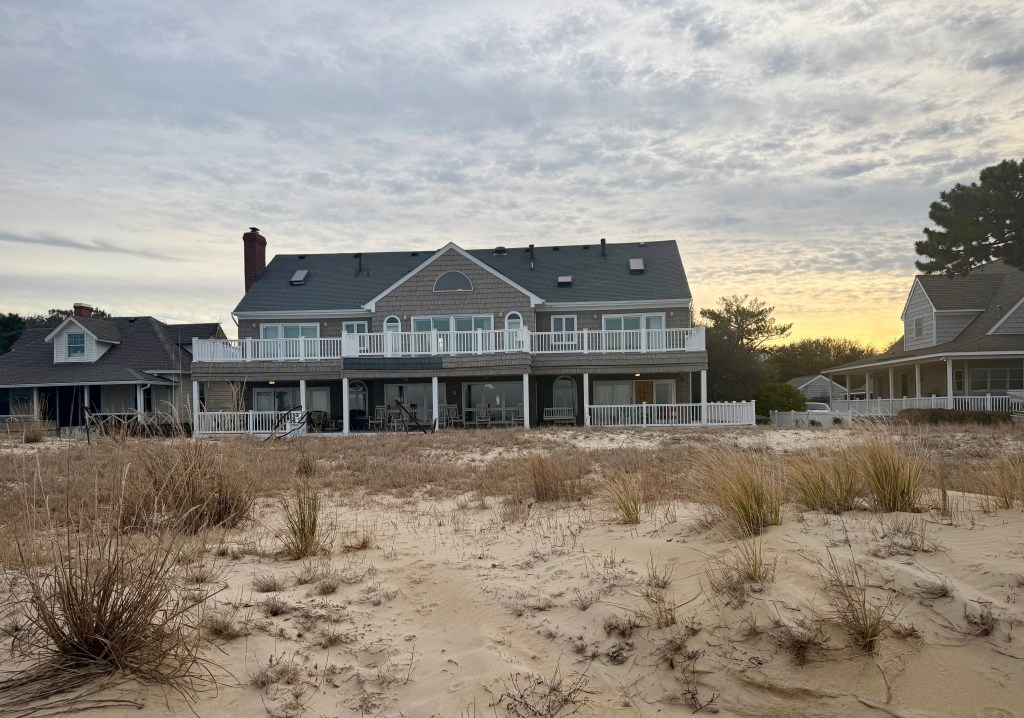L
aguna Village, a townhome community in Laguna Hills, is facing an unprecedented insurance crisis due to rising wildfire risks. Two years ago, the complex's insurance coverage plummeted from $251 million to just $5 million, despite a significant increase in premiums. Even after efforts to boost coverage, the total only reached $35 million, barely 10% of the community's value.
General manager George Ross describes the situation as dire, with no insurer willing to provide adequate coverage, even if the community could afford it. The underinsurance has led to two special assessments on residents to cover maintenance costs, which have been largely diverted toward insurance expenses. Without sufficient coverage, lenders won't provide loans, making it difficult for residents to refinance mortgages or sell their homes.
The predicament in Laguna Village reflects a broader insurance crisis across California, particularly affecting multifamily properties in high fire-risk areas. Since 2022, at least seven of the state's largest insurance companies have stopped writing new home policies or exited the market. Many homeowners have turned to the FAIR Plan, an expensive insurer of last resort created by the state.
Homeowner associations and housing complexes like Laguna Village are struggling to secure affordable coverage. In Laguna Beach, where Laguna Village is located, 90% of the land sits in a high-fire severity zone, making it difficult for residents to obtain insurance or afford rising premiums. Mayor Sue Kempf notes that everyone in the area is facing similar challenges, with many scrambling to find new carriers or paying exorbitant rates for coverage.












